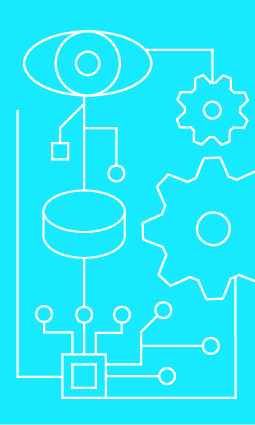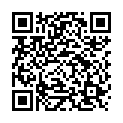|
|
|
| Module code: MST.CVI |
|
|
4V (4 hours per week) |
|
5 |
| Semester: 6 |
| Mandatory course: no |
Language of instruction:
German |
Assessment:
Project work
[updated 19.02.2018]
|
KI692 Computer Science and Communication Systems, Bachelor, ASPO 01.10.2014
, semester 6, optional course, technical
KIB-CVIS (P221-0069) Computer Science and Communication Systems, Bachelor, ASPO 01.10.2021
, semester 6, optional course, technical
KIB-CVIS (P221-0069) Computer Science and Communication Systems, Bachelor, ASPO 01.10.2022
, semester 6, optional course, technical
MST.CVI (P221-0069) Mechatronics and Sensor Technology, Bachelor, ASPO 01.10.2012
, semester 6, optional course, technical
MST.CVI (P221-0069) Mechatronics and Sensor Technology, Bachelor, ASPO 01.10.2019
, semester 6, optional course, technical
MST.CVI (P221-0069) Mechatronics and Sensor Technology, Bachelor, ASPO 01.10.2020
, semester 6, optional course, technical
PIBWI83 Applied Informatics, Bachelor, ASPO 01.10.2011
, semester 6, optional course, informatics specific
PIB-CVIS (P221-0069) Applied Informatics, Bachelor, ASPO 01.10.2022
, semester 4, optional course, informatics specific
PIB-CVIS (P221-0069) Applied Informatics, Bachelor, SO 01.10.2026
, semester 4, optional course, informatics specific
MST.CVI (P221-0069) Mechatronics and Sensor Technology, Bachelor, ASPO 01.10.2011
, semester 6, optional course, technical
|
60 class hours (= 45 clock hours) over a 15-week period.
The total student study time is 150 hours (equivalent to 5 ECTS credits).
There are therefore 105 hours available for class preparation and follow-up work and exam preparation.
|
Recommended prerequisites (modules):
MST.MA1 Mathematics I
MST.MA2 Mathematics II
MST.MA3 Mathematics III / Applied Mathematics
[updated 10.05.2019]
|
Recommended as prerequisite for:
|
Module coordinator:
Prof. Dr. Gerald Kroisandt |
Lecturer:
Dipl.-Math. Dimitri Ovrutskiy
[updated 10.05.2019]
|
Lab:
Applied Mathematics, Statistics, and eLearning (5306)
|
Learning outcomes:
After successfully completing this module, students will be able to explain and apply image processing algorithms such as noise reduction and deblurring. They will be familiar with the design of digital filters. They will be able to manipulate images without using image editing software.
In addition, they will also be able to apply methods that can detect moving objects in a film, reconstruct 3D information based on images and improve the quality of 2D images. Students will learn how robots _see_.
[updated 19.02.2018]
|
Module content:
* Digitization of analog images
* Image transformations (e.g. linear filters, math. Morphology, diffusion filters, wavelet shrinkage, deblurring)
* Color perception and color spaces
* Image editing
* Feature extraction (edges, corners, lines and circles)
* Segmentation
* Extraction of 3D information
* Object detection
[updated 19.02.2018]
|
Teaching methods/Media:
100% of the lecture will take place in the PC lab AMSEL "Angewandte Mathematik, Statistik und eLearning". Computer-supported practical case studies will be worked through using the algorithms taught in this module.
In addition, the eLearning system MathCoach (AMSEL PC laboratory 5306) will be used.
[updated 24.02.2018]
|
Recommended or required reading:
R.C. Gonzalez, R.e. Woods: Digital Image Processing, Addison-Wesley, SE 2002
K.R. Castelman: Digital Image Procesing, Prentice Hall, 1996
R.Jain, R.Kasturi, B.G. Schunck: Machine Vision, McGraw, 1995
E.Trucco, A. Verri: Introductory Techniques for 3-D Computer Vision, Prentice Hall,1995
R.Klette, K.Schlüns, A.Koschan: Computer Vision:Three-Dimensional Data from Images, Springer, 1998
[updated 19.02.2018]
|


